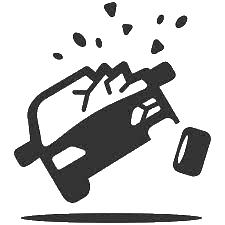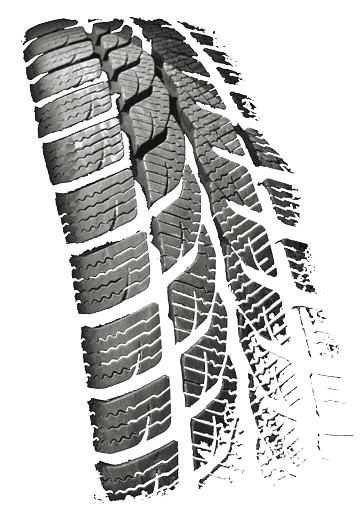I-ENG-A® OF ORANGE COUNTY
Professional Forensic Engineering
Transportation Issues Evaluations
The Investigative Engineers Association provides evaluations of many types of automotive and marine failures from fires, to component or tire failure analysis, to crash reconstruction. Crash reconstruction involves the inspection of scenes and vehicles to preserve physical facts relating to an incident by utilizing photographs, videos and measuring techniques. The process involves analyzing human factors as well as physical facts using proven scientific principles.

Human Factors Evaluation
Initial Investigations
The investigation begins with an analysis of police accident reports and photographs, media coverage, on-site inspection and survey, vehicle examination, witness statements and interviews.
Site inspection includes analysis of marks on road, crash debris, vehicle fluid spills, line-of-sight surveys and road defects. All police marks should be identified, located by measurement and recorded. Dynamics of the vehicle must be analyzed including determination of speed, lines-of-travel, impact areas and crush stiffness coefficients.

Tire Tread Failure Analysis
Analysis
A proper scientific analysis based upon verifiable fact and natural law is established.
Crash factors may include:
- Right of Way
- Component Failure/Defect
- Vision/Visibility
- Stopping Distance/Brakes/Speed
- Roadway Conditions
- Human Factors
- Vehicle Dynamics
- Weather Conditions
Inspection and documentation of the vehicle condition may include inspection of vehicle components, recording of damage patterns and mechanical condition, determination of headlight, signal light or brake light condition at the time of impact, and/or compliance of vehicle condition with certification or regulatory standards.
Conclusions
An analysis of the incident is calculated by determining the motion and direction of the vehicles prior to the incident, the orientation and position of vehicles at impact and the vehicle speeds and dynamics prior to and after impact.
In conjunction, the biomechanics advisory team may be utilized to investigate the relationship of the incident to the injuries sustained.
- Automobile Equipment Failure Analysis
- Boat and Marine Fires/Accidents
- Fire Origin and Cause Evaluation
- Gasoline and Chemical Spill Environmental Analysis
- Mechanical Maintenance Reviews
- Product Defect Analysis
- Service Schedule Analysis
- Tire Failure Analysis
- Traffic Crash Reconstruction
- Vehicular #1B3356 Box / the Automotive Event Data Recorder Download